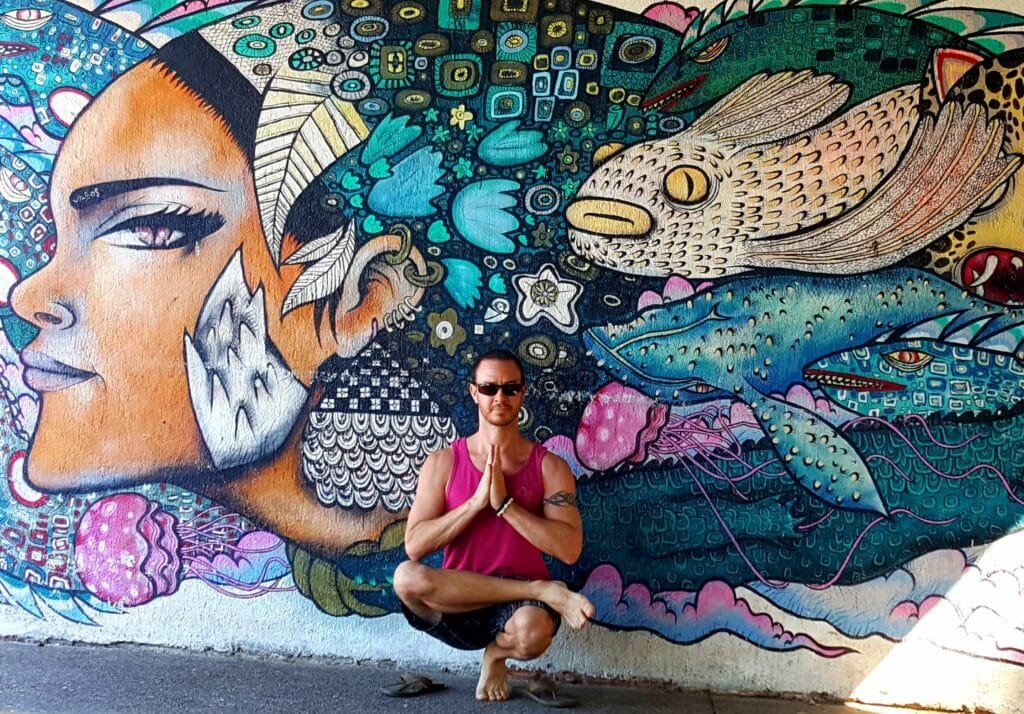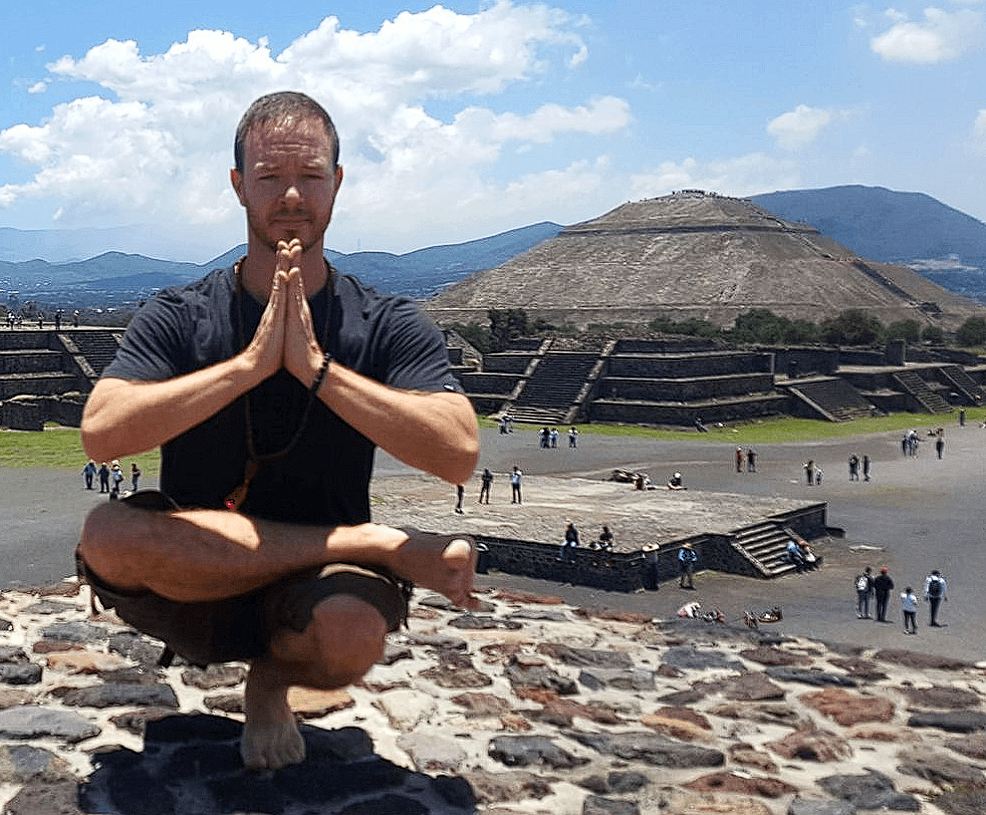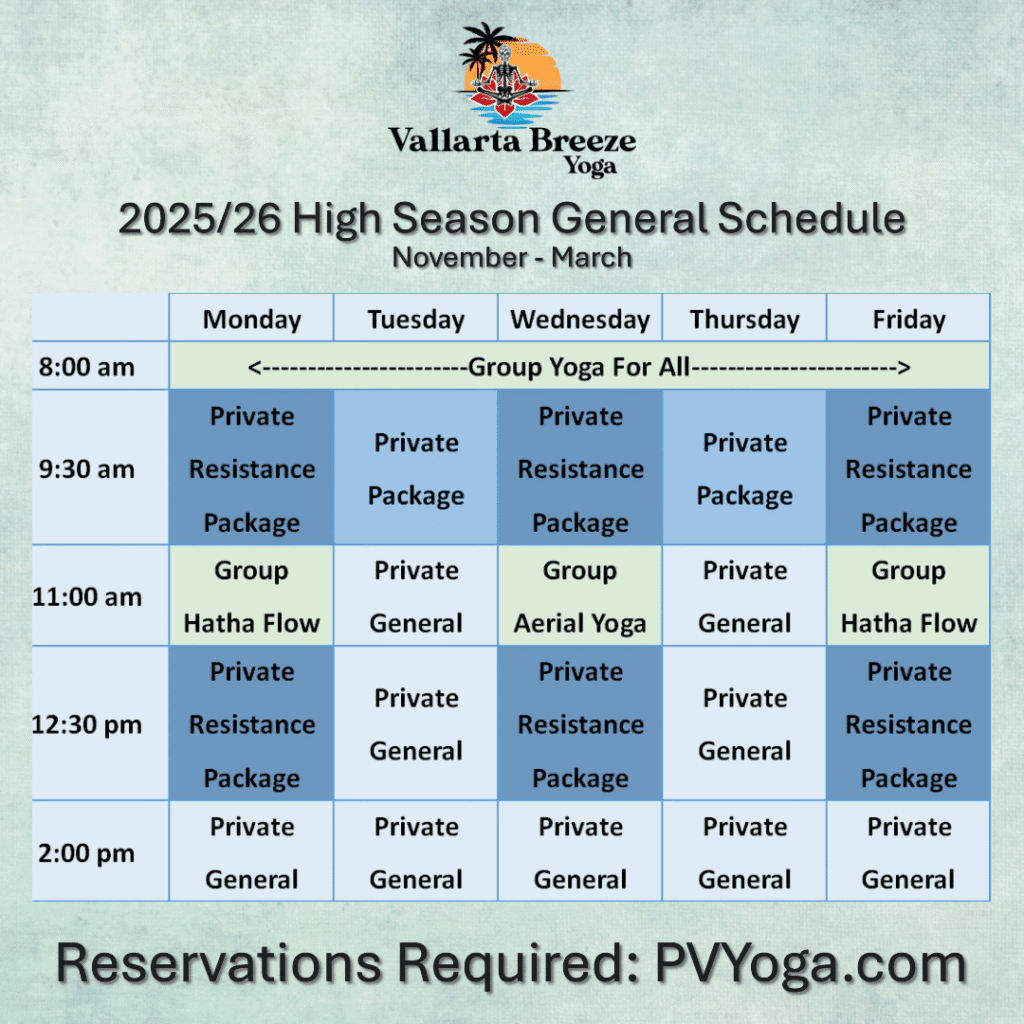Toe Stand (Padangustasana)
In every yoga asana, there is a subtle dialogue between our inner and outer worlds. The Toe Stand, known in Sanskrit as Padangustasana, is a sublime expression of balance and inner strength. It calls upon us to harness our focus, trust our body, and embrace the delicate tension between stability and surrender. As your practice unfolds on the mat, allow this posture to be a metaphor for life itself—a journey where every step upward is also an exploration of the depths within.
Historical Perspectives
The tradition of balancing postures finds its roots deep within Hatha Yoga’s ancient lineage. Melodies of ancient Sanskrit verses remind us of the delicate art of harmonizing the breath, body, and mind.
- Ancient Manuscripts:
Classical texts like the Hatha Yoga Pradipika revered asanas that nurture subtle energy (prana) and concentration (dharana). Balancing postures, including Padangustasana, were considered pivotal practices for cultivating inner equanimity. - Modern Insights:
Visionaries such as B.K.S. Iyengar have illuminated the path by emphasizing precise alignment and mindful breathing. As Iyengar beautifully stated, “Yoga teaches us to cure what need not be endured, and endure what cannot be cured.” Such insights inspire practitioners to see each wobble not as a failure but as a stepping stone toward mastery.
The Essence and Symbolism of Toe Stand (Padangustasana)
The Toe Stand is much more than a physical challenge—it is a meditation in motion. Each tilt and shift embodies life’s dynamic interplay between vulnerability and strength:
- Symbol of Balance:
Standing delicately on one’s toes, you marvel at nature’s lesson: that even the briefest pause maintains its own equilibrium. - Inner Focus:
As you hone your drishti (focused gaze), you learn to center your mind amidst life’s continual fluctuations. - Rooted Resilience:
The posture builds strength in the ankles, calves, knees, and core, a reminder that our foundation must be as robust as our aspirations.
Benefits
Engaging in Toe Stand (Padangustasana) offers a spectrum of benefits:
- Strength and Stability:
Fortifies the lower limbs and cultivates the small stabilizing muscles that are essential for a balanced posture. - Enhanced Concentration:
The mindful focus required transforms the pose into a moving meditation. - Flexibility with Precision:
Encourages a harmonious blend of flexibility in the hips and ankles with the firmness of well-grounded strength. - Mental Resilience:
Cultivates patience and persistence, echoing the message that true progress often begins with small, subtle shifts.
Preparatory Practices
Before embarking on Padangustasana, ensure that your body is well-prepared with these complementary asanas:
- Standing Head-to-Knee Pose (Dandayamana Janushirasana):
Encourages stability by aligning the lifted leg with the strength of the supporting stance. - Tree Pose (Vrksasana):
Enhances balance and encourages a meditative focus, much like a tree deeply rooted yet ever reaching upward. - Chair Pose (Utkatasana):
Activates the leg muscles and core, fortifying the body’s foundation for the deeper challenges of a balance pose. - Garland Pose (Malasana):
Opens the hips and gently stretches the ankles, creating a supple yet strong groundwork for Padangustasana.
Step-by-Step Instructions for Toe Stand (Padangustasana)
Approach the Toe Stand as both an art and a mindful exploration:
- Begin in Tree Pose (Vrksasana):
Stand with a steady posture. Gently bring one foot to a position above the opposite knee, forming a figure-four. This alignment is both a physical and symbolic preparation—a union of opposites. - Engage the Core:
Draw in deep, steady breath. Allow your abdominal muscles to provide the silent support that bridges body and heart. - Transition to the Squat on Toes:
Slowly bend your standing knee, descending into a squat, balancing on the ball of your foot. Envision your body as a delicate flower, rooted firmly in the earth while its petals gently unfurl toward the sky. - Hand Placement:
Let your hands come together in a prayer at your heart, or extend them, if needed, for an extra measure of balance. Both choices honor your unique expression of grace. - Hold the Pose:
With each mindful breath, fix your drishti on a serene focal point. Remain in Padangustasana for up to 30 seconds, absorbing the quiet dialogue between effort and ease. - Graceful Release:
Gently reverse the movement and return to Tree Pose. Celebrate every nuance of the practice, recognizing each moment of imbalance as a teacher in its own right.

Adjustments and Modifications
Each body tells its own story. Embrace your unique narrative by considering these thoughtful modifications:
- For Beginners:
- Use a prop such as a wall or chair for added stability.
- Consider a Half Toe Stand, lowering only half the way before gently returning to an upright stance.
- For Advanced Practitioners:
- Experiment with subtle shifts in hand placement or explore deeper variations, always remaining attuned to your limits.
Teaching Guidance
- Structured Warm-Up:
Create a gentle sequence that gradually opens the hips and activates the foundational muscles. - Demonstration & Explanation:
Present the pose with deliberate slowness, articulating key alignment points and weaving in the pose’s rich history. - Gentle Corrections:
Offer tactile or verbal guidance with sensitivity, ensuring each student feels safe and supported. - Integrate Breath Awareness:
Remind your students that the breath is their constant companion—a tool to ground both body and mind. - Foster Patience:
Emphasize that mastery is a journey. Celebrate each incremental progress, honoring the practice as a personal dance of growth.
Common Challenges and Thoughtful Solutions
| Challenge | Guided Approach |
|---|---|
| Unsteady Balance | Maintain a fixed drishti on a serene point and draw strength from your core—imagine your focus as the stillness of a deep lake. |
| Ankle or Knee Discomfort | Warm up the lower body thoroughly with preparatory asanas; modify the squat depth if discomfort arises, always respecting your body’s boundaries. |
| Instability in the Core | Incorporate additional core-strengthening exercises and reemphasize mindful alignment to support the intricate balance required in Padangustasana. |
Contraindications for Toe Stand (Padangustasana)
Exercise caution with Padangustasana under the following conditions:
- Existing Injuries:
Avoid if you have knee, ankle, or hip injuries. - Balance Disorders:
Those experiencing significant dizziness or imbalance should modify or consult with an experienced teacher. - Pregnancy:
Pregnant practitioners should receive individualized guidance from a knowledgeable instructor and medical professional before attempting advanced balance postures.
Final Thoughts on Toe Stand (Padangustasana)
Toe Stand (Padangustasana) is a luminous testimony to yoga’s profound teaching—that balance is both a physical skill and an inner art. As you practice, allow each stumble to be a lesson in resilience and each steady moment to be a celebration of your evolving strength. Echoing the wise words of T.K.V. Desikachar, this pose invites you into a conversation with yourself, where every movement is a verse in the ongoing poetry of life.
Continue your growth with the Vallarta Breeze Yoga Puerto Vallarta Yoga Studio!
Whether you’re looking to dive deeper into the physical practice of yoga, The Vedas, Upanishads, Yoga Sutras, or would like to explore our blog, we have a wealth of information available for you! Better yet, join us here in the Vallarta Breeze Yoga Puerto Vallarta Yoga studio, or practice with us online! we’re excited to continue this journey with you. See you on the mat!



